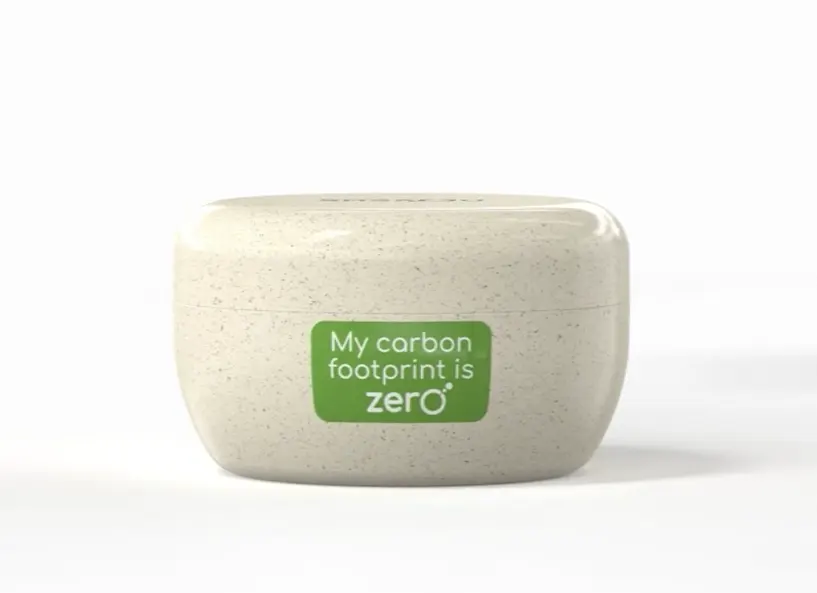The IPCC concludes that the objective is to reduce greenhouse gas emissions globally by 45% by the year 2030. Making a jar with Oryzite reduces them, already, by more than 70%.
Did you know that climate change caused by global warming is the greatest environmental challenge facing humanity? Greenhouse gas (GHG) emissions produced by human activities have reached a truly unsustainable limit. In fact, the UN has set a limit of 2025 to avoid the great catastrophe.
Reduce air travel. Plant trees. Build more energy efficient houses. Eat less red meat. Buy electric cars. Hire green energy. Bet on self-consumption. Move in a more sustainable way. These are some measures that, individually and collectively, we are beginning to take to reduce CO2 emissions and mitigate global warming. We assume our share of responsibility and want to start acting in a more respectful way with the ecosystem.
— BUT ARE WE LATE? —
The news and newspapers remind us every day that the serious consequences of global warming are innumerable:
- The raise of temperature
- Scarcity of water
- Fires
- Floods
- Loss of animal species
- Serious effects on agricultura
- Deforestation
- Respiratory diseases
Even some ecosystems like the Amazon begin to emit CO2 instead of absorbing it!
Thus, reducing GHG emissions is considered one of the most urgent and priority solutions to combat this great humanitarian crisis. Scientists from the IPCC (Intergovernmental Panel on Climate Change) consider that, to limit global warming to 1.5ºC, CO2 emissions must reach their maximum in 2025 and must be reduced by 43% in 2030. We don’t have much time and we start from unpromising levels. In fact, recent studies indicate that the global temperature will grow by 1.5ºC by 2040.
To achieve this goal, the IPCC strongly points out that it is necessary to apply “immediate and profound measures in all sectors”. Specifically, and when it comes to the industrial sector, the efficient use of materials is being promoted by reusing, recycling and minimizing waste. It also encourages the further development of new production processes, low-emission electricity, hydrogen, carbon capture and storage.
— ORYZITE’S IMPACT ON CLIMATE —
CO2 emissions reducer and compensator
Measuring, reducing and offsetting GHG emissions is a challenge for any company. However, Novsus proposes to the cosmetic sector to incorporate sustainable packaging that reduces plastic and CO2 emissions through the use of Oryzite (rice husk). This is a material made with renewable, sustainable raw materials, 100% biodegradable and free of micro plastics. In this way, Oryzite is the only material that allows today to manufacture products that do not emit CO2.
A cosmetic jar made from 30% Oryzite reduces emissions by 70% compared to a traditional market jar. The LCA indicates that the carbon footprint of a cosmetic jar made from 50% Oryzite is 0 C02 emissions.
— HOW IS THIS DRASTIC REDUCTION ACHIEVED? —
- Oryzite allows to produce faster and at a lower temperature. This leads to energy savings and, consequently, to a reduction of GHG emissions.
- The rice husk acts as a carbon fixer. Using Oryzite instead of non-renewable fossil materials reduces CO2 emissions and mitigates global warming.
- We use a disruptive manufacturing system, Akilorit. This allows us to mix Oryzite (rice husk) with any polymer in our facilities without having to go through a compounder. The reduction of the carbon footprint is produced by the elimination or improvement in the manufacturing processes of the material (compared to those used by the compounders) and by the simplification of the logistics chain.
- In addition, Oryzite and the cosmetic jars are Km0, which allows us to reduce the emissions generated during transport.



